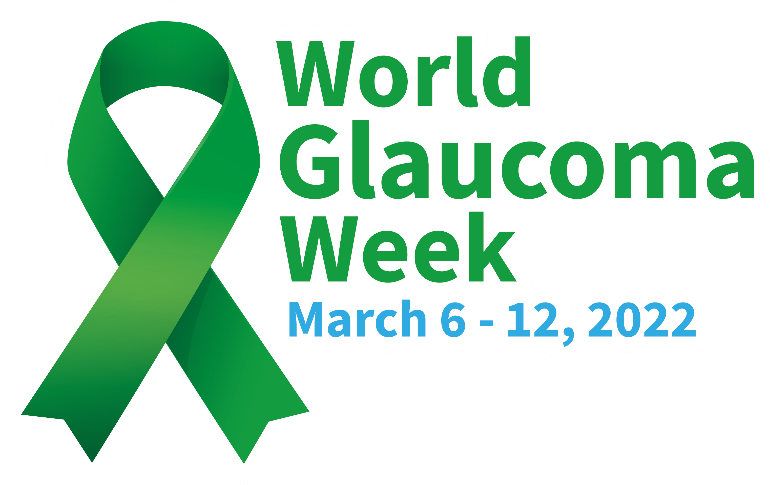Optos Recognizes World Glaucoma Week

Glaucoma is a common eye disease that can lead to blindness, especially if not detected early and treated. In the US, about 3 million people currently have glaucoma. Like many ocular pathologies, the prevalence of glaucoma increases with age, and it is more common in people of African American descent. About 3% of the population over 50 have glaucoma and that increases to 5% for those over the age of 60 and 8% for those over the age of 70. Glaucoma causes loss of vision in the periphery and is usually not noticed by the person experiencing it because their central vision is unaffected and they can still read, write, drive, and watch TV normally, until the end of the disease right before complete blindness. Early detection is very important to stop the progress of the disease. This can only be done through eye examinations which often include imaging with Optos devices.
optomap images can reveal structural changes from glaucoma in and around the optic disc. The most common change is an enlargement of the cup to disc ratio of the optic disc (C/D ratio). The C/D ratio is determined by the proportion of the amount of cup present compared to neuro-retinal rim tissue inside the optic disc. A large cup, and therefore a large C/D ratio, usually indicates some neuro-retinal rim tissue has been lost due to glaucoma. The C/D ratio varies from 0 (no cup) to 1 (no neuro-retina rim tissue). A C/D ratio greater than 0.7 can indicate glaucoma.
Other glaucomatous changes that can be seen on the optomap include peripapillary atrophy surrounding the optic disc, optic disc hemorrhages, and retinal nerve fiber layer (RNFL) wedge defects. A recent research paper by Kim and colleagues in the British Journal of Ophthalmology showed that these wedge defects could be detected on optomap images, and they were used to detect glaucoma with a high degree of accuracy. Similar research showing the value of optomap in detecting RNFL wedge defects due to glaucoma was done at SUNY College of Optometry in Manhattan.
Several of our devices also include optical coherence tomography (OCT) imaging capabilities. OCT images show cross-sectional views of all the retina layers. Glaucoma causes death to ganglion cells which results in thinning of the ganglion cell layer and the retinal nerve fiber layer which can be directly seen on OCT images. These layers can be measured, and the thickness can be tracked over time to help track the progression of the disease.
To find out more information on how optomap can enable you to detect and manage glaucoma and other ocular and systemic disease in your patient base, contact Optos, today.